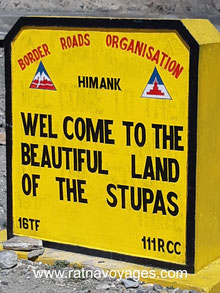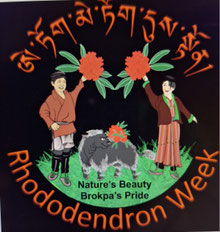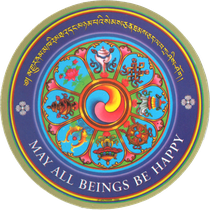PHYANG MONASTERY, NEAR LEH

|
NAME/NOM/ NAME/NOME |
PHYANG GOMPA TASHI GANGNON CHOSLING |
|
|
LOCATION/LIEU/ ORT/LUOGO |
Phyang Village, 20Km from Leh | |
|
|
||
|
LINEAGE/TRADITION/ SCHULE/ORDINE |
Drikung Kagyu | |
|
|
||
|
FOUNDED/FONDÉ/ GEGRÜNDET/FONDATO |
1515 | |
|
|
||
|
FOUNDER/FONDATEUR/ GRÜNDER/FONDATORE |
Chosje Dharma Kunga Takpa | |
|
|
||
|
PROTECTOR/PROTECTEUR/ SCHIRMHERR/PROTETTORE |
Apchi Choski Dolma | |
|
SPIRITUAL HEAD/ MAÎTRE SPIRITUEL/ GEISTIGES OBERHAUPT/ CAPO SPIRITUALE |
His Holiness Drikung Skyabqon Chetsang Rinpoche (Head teacher)
Skyabje Toldan Rinpoche |
|
|
|
|
|
|
BRANCH/AFFILIÉ/ ZWEIG/AFFILIATO |
Lamayuru and Shachukul | |
| FESTIVAL | Tsedup | |
| FESTIVAL 2024 | July 03-04, 2024 |
Phyang Monastery - Where Spirituality Meets Serenity
Historical Background
Foundation: Phyang Monastery, located in Ladakh, India, traces its roots back to the early 16th century. Founded in 1515 by Chosje Dama Kunpang, it belongs to the Drikung Kagyu school of Tibetan Buddhism.
Phyang Monastery - Cultural and Spiritual Significance
Drikung Kagyu Tradition: Phyang is an important center for the Drikung Kagyu tradition, known for its emphasis on meditation and mystical practices.
Phyang Monastery - Teachings and Lineage
The monastery has been a hub for imparting Buddhist teachings, maintaining the sacred lineage of the Kagyu school.
Phyang Monastery - Architectural Marvels
Structural Layout: Phyang Monastery features a complex of prayer halls, shrines, and residential quarters for monks.
Ancient Frescoes: The interiors are adorned with ancient frescoes, depicting scenes from Buddhist scriptures and the life of Guru Rinpoche.
Phyang Monastery - Religious Practices
Monastic Life: The monastery houses a community of monks who engage in daily rituals, prayers, and ceremonies.
Festivals: Phyang hosts vibrant festivals, such as the Phyang Tserup, where monks perform sacred masked dances and rituals.
Phyang Monastery - Educational Center
Monastic School: Phyang serves as an educational center with a monastic school providing traditional Buddhist education to young monks.
Scripture Preservation: The monastery plays a vital role in preserving Buddhist scriptures and teachings.
Phyang Monastery - Cultural Heritage
Thangka Display: Phyang is renowned for its collection of thangkas, intricate scroll paintings displayed during religious festivals.
Cultural Preservation: The monastery actively contributes to the preservation of Ladakhi cultural heritage.
Phyang Monastery - Accessibility and Location
Strategic Location: Situated on a hill, Phyang offers panoramic views of the surrounding mountains and landscapes.
Accessible Routes: The monastery is accessible by road, and the journey to Phyang provides glimpses of Ladakh's mesmerizing scenery.
Phyang Monastery - Tourist Interest
Spiritual Retreat: Phyang attracts both tourists and spiritual seekers seeking solace and a deeper understanding of Tibetan
Buddhism.
Photography: The stunning architecture and scenic surroundings make Phyang an appealing destination for photographers.
Phyang Monastery - Community Engagement
Local Impact: Beyond its religious functions, Phyang Monastery engages with the local community, contributing to social welfare.
Phyang Monastery - Conclusion
Phyang Monastery stands as a testament to Ladakh's spiritual and cultural richness. With its historical legacy, architectural beauty, and commitment to education, it continues to be a beacon of enlightenment and tranquility in the Himalayan region































